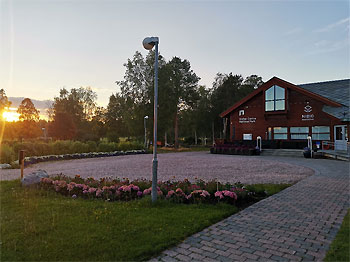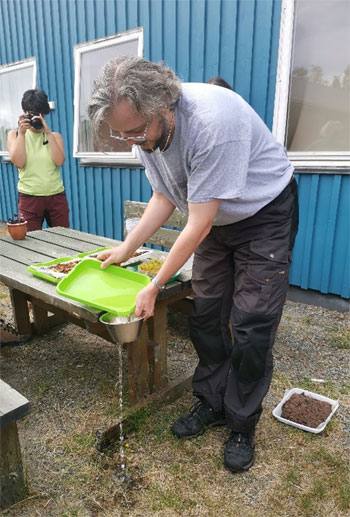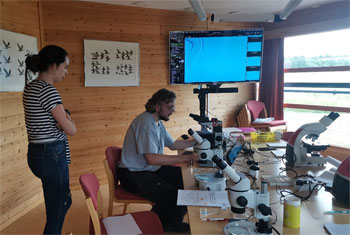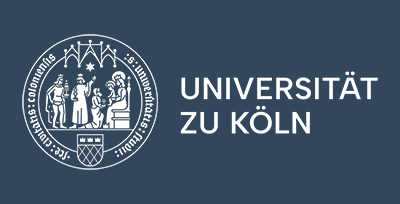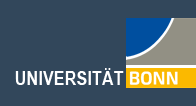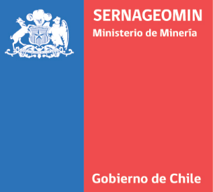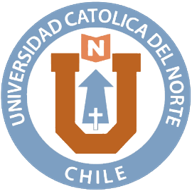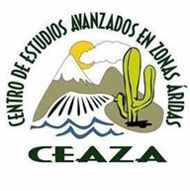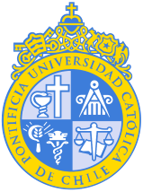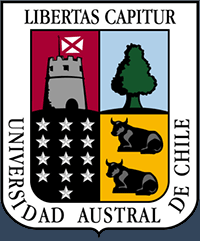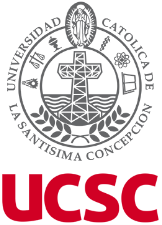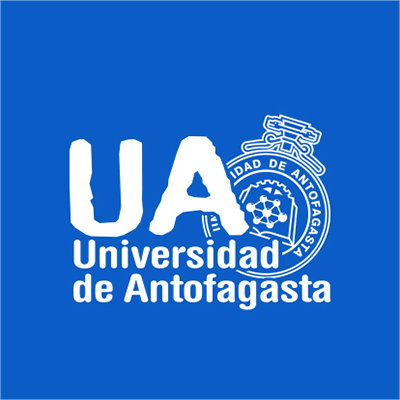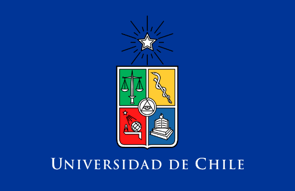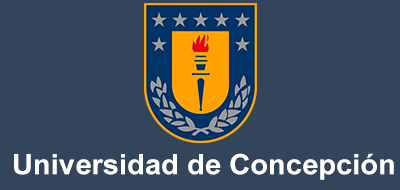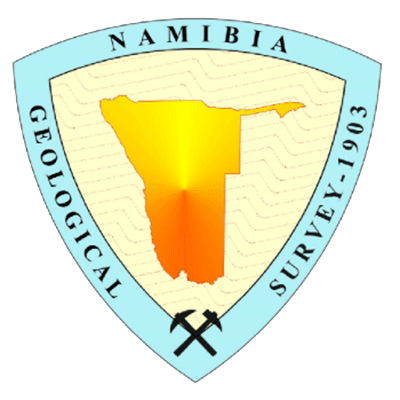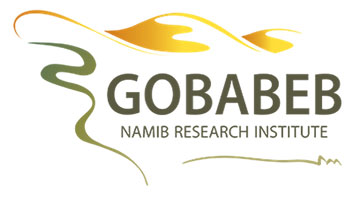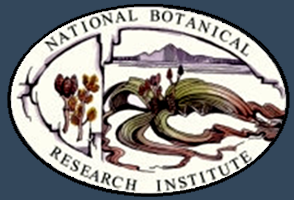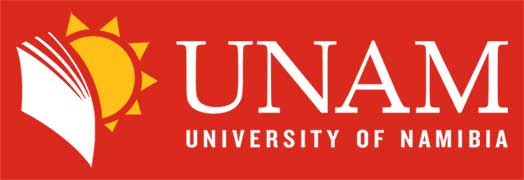This summer, in July 2022, both PhD students of project B08 made their way to Norway to learn more about the taxonomy of soil invertebrates and learn how to obtain good DNA barcodes of those in the course “ForBio, NIBIO, and UiB course: Taxonomy and DNA barcoding of soil organisms: nematodes (Nematoda), mites (Acari) and springtails (Collembola)” held in the NIBIO Svanhovd station (Figure 1). The IRTG mobility grant supported the participation in the course.
Our project collaborator Dr. Oleksandr Holovachov taught us about the taxonomy of soil and freshwater nematodes and their importance in soil communities. We were taught how to perform sampling, extraction (Figure 2) and identification (Figure 3) of these invertebrates. Especially, learning all the important characteristics of the morphology of soil and freshwater nematodes will help in the on-field identification of sampled nematodes in the Atacama Desert and will help in relating found organisms to the biodiversity of the desert as some nematode species found might not be viable in culture. In combination with DNA barcoding the diversity of those desert nematodes can be documented. Extreme environments include not only dry desert but also cold environments like the polar regions and nematodes can be found in broad ranges of extreme habitats. The NIBIO Svanhovd station is located within the northern polar circle surrounded by eastern Siberian taiga and western Boreal forests. In winter temperatures sometimes fall to almost -40 °C and summers are mild with an average of about 15 °C. Even though this environment differs from the hyperarid Atacama Desert, we would expect some families of soil nematodes to occur in both environments as they are known to be generalist. For example, this is the case for the family of Panagrolaimidae or Cephalobidae where some nematode species are found to be colonizers with short generation times and tolerance to disturbed environments. As such, skills obtained during this course in Northern Norway will help both PhD students in future excursions to Chile, since they learned how to combine collection, extraction, morphological and molecular identification of soil invertebrates.
Author: Laura Pettrich
|
|



